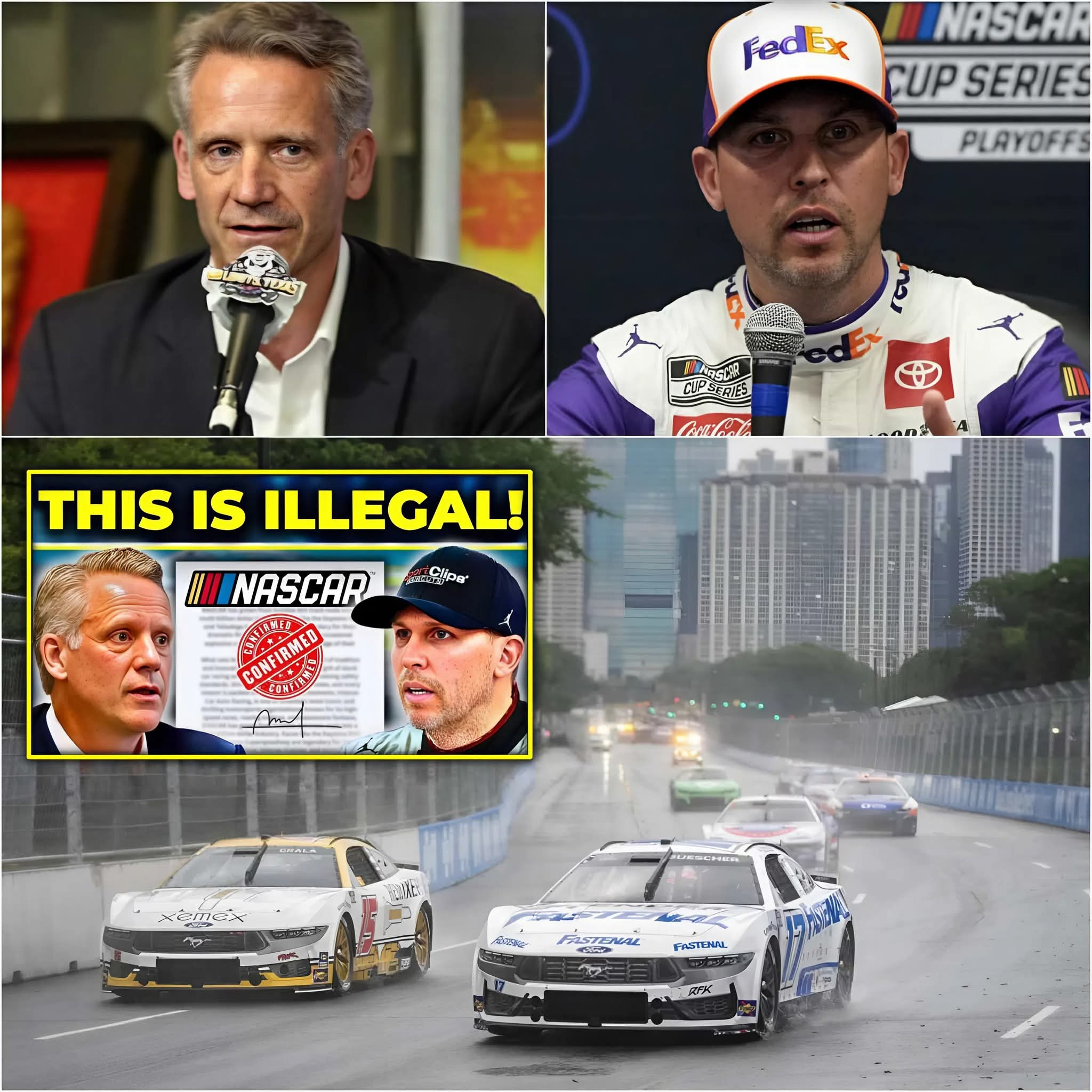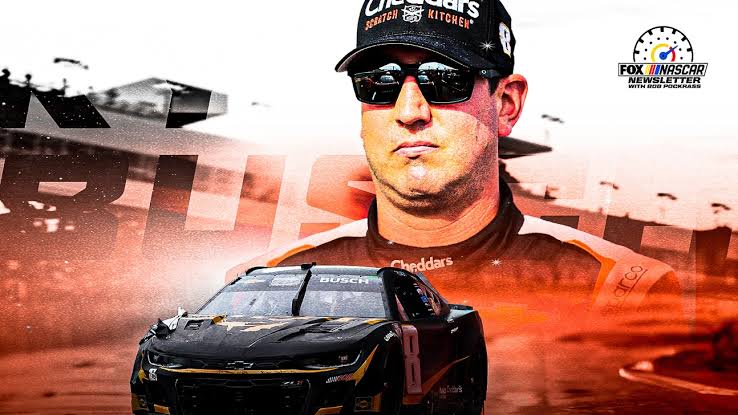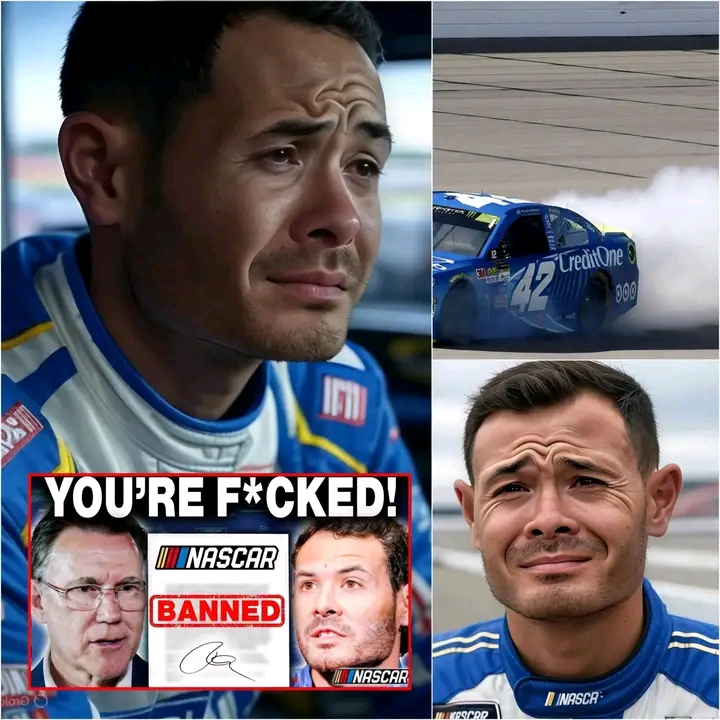NASCAR is facing a wave of backlash from several prominent drivers who are openly criticizing recent rule changes implemented by the organization. The controversy centers around modifications to race procedures, safety protocols, and car specifications that many within the sport believe were rolled out too quickly and without sufficient input from the drivers themselves. The frustration has boiled over in recent days, with drivers expressing deep concern about how these changes could impact both performance and safety.
Veteran drivers have been especially vocal, accusing NASCAR officials of making decisions behind closed doors without proper consultation. Some believe the rule adjustments favor certain teams, creating an uneven playing field. Others argue that the changes could compromise driver safety, especially under high-speed conditions. One driver even stated bluntly that officials are “out of touch” with what it takes to compete at the highest level.
Adding fuel to the fire is the lack of transparency surrounding the reasons for the changes. NASCAR’s communications on the issue have been vague, with officials offering only broad explanations about the need to “enhance competitiveness” and “modernize the sport.” This lack of clarity has left drivers, teams, and even fans wondering about the true motivations behind the alterations.
Social media has erupted with fans taking sides—some supporting the drivers’ calls for fairness and accountability, while others defend NASCAR’s authority to adapt and evolve. Regardless, the controversy has placed the organization in a difficult position, with growing pressure to address the situation publicly, clarify its intentions, and engage more closely with drivers to avoid a further breakdown in trust.
As tension escalates, it’s clear that NASCAR will need to navigate this crisis carefully. With the playoffs looming and the eyes of the motorsport world watching, the outcome of this dispute could shape the future of the sport. Whether it leads to meaningful dialogue or deepening division remains to be seen.



